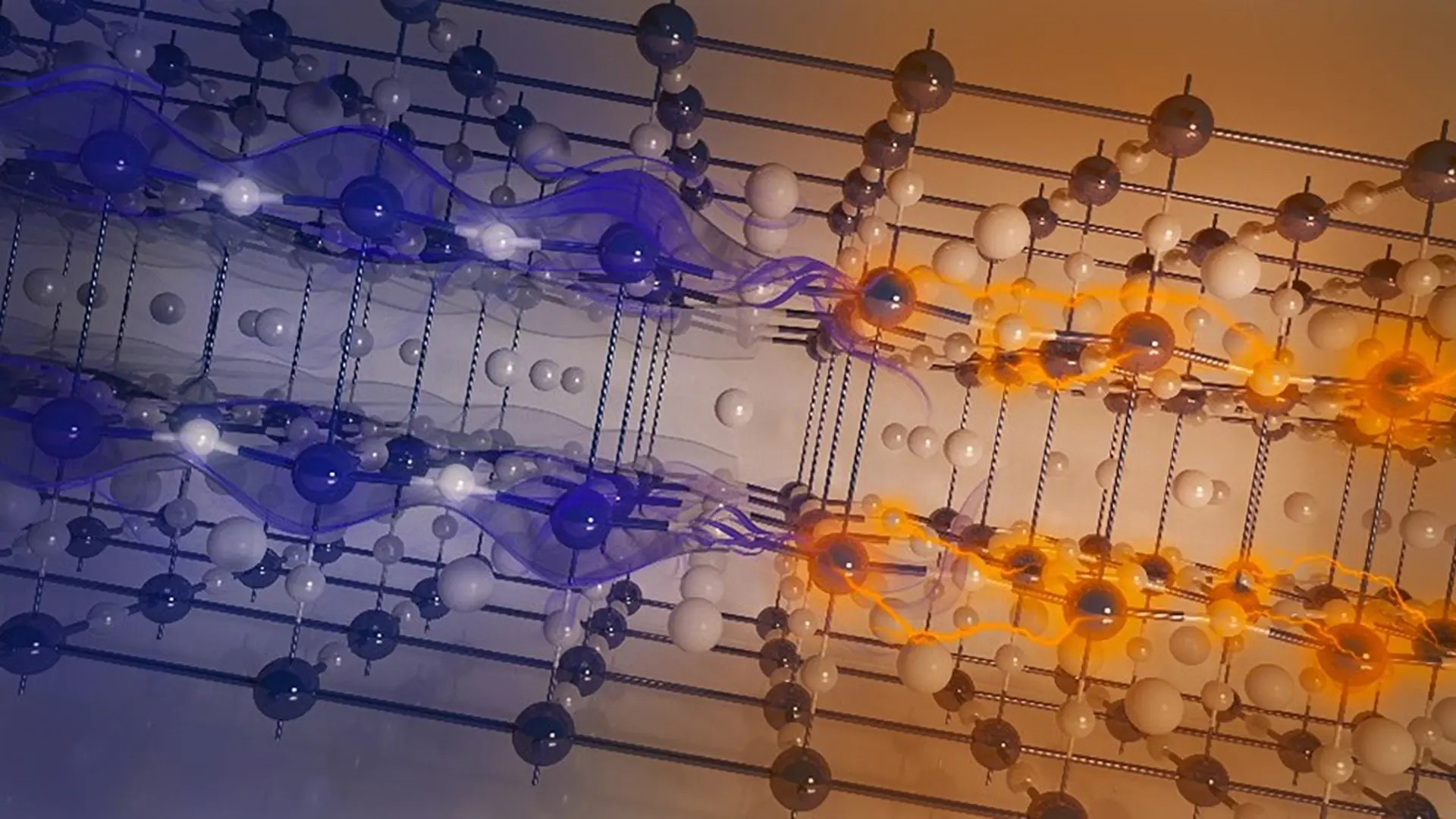
At the Quantum Device Physics Laboratory (QDP), we exploit the charge, spin, orbital and lattice degrees of freedom in materials that we design and produce, to explore fundamental questions in condensed matter physics and to develop new concepts in device physics.
Our research covers a variety of topics at the forefront of condensed matter physics, extending from ab-initio calculations to experiments with nanodevices consisting of emerging 2D materials and van der Waals heterostructures, topological Dirac and Weyl materials, semiconductors, oxide heterostructures, nanomagnets, and superconductors.
Our mission is to develop next generation quantum devices, which can be smaller, faster, sensitive, and energy-efficient for a sustainable society.
Applications and utilization of our research can be found in quantum metrology, topological quantum technology, thermoelectrics, quantum theory, radio astronomy, medical instrumentation, and spintronics.
Our teaching covers undergraduates, MSc and specialized PhD courses and includes general physics, condensed matter physics, nanoscience and nanofabrication, semiconductor and superconducting physics, to name a few.
Research Directions
Nano device fabrication and growth of advanced quantum materials
Our division develop nanofabrication processes for making devices in our state-of-the-art clean roomfacility (area 1240 m2), which provide a broad platform for the development and testing of new ideas in quantum device physics. The material growth facility includes graphene and 2D materials growth reactors, MBE for semiconductor heterostructures and pulsed laser deposition of complex oxides. Our laboratory has facilities with temperature range 300K to 20 mK equipped with low-noise electronics, frequency range DC to THz and magnetic field up to 14 Tesla.
Principal Investigators: all
Graphene and Two-Dimensional (2D) Materials Technologies
We develop graphene and 2D materials-based devices for terahertz detection, quantum metrology, Hall magnetometers, field-effect transistors, and spintronic devices. We further make van der Waals heterostructures of 2D semiconductors and magnetic materials to investigate thermoelectric effects, and spin-orbit & magnetic proximity effects for quantum and spintronic technologies.
Principal Investigators: Sergey Kubatkin, Samuel Lara-Avila, August Yurgens, Jie Sun, Elsebeth Schröder, Saroj Dash
Topological Quantum Technologies
We harness the combination of various material classes to engineer novel states of matter, such as topological superconductivity, non-local Andreev states, topological spintronics. We also investigate decoherence sources in engineered quantum devices that are the main obstacle towards achieving an operational quantum computer. Our experiments involve electronic and spin transport, circuit quantum electrodynamics and Josephson radiation spectroscopy.
Principal Investigators: Floriana Lombardi, Thilo Bauch, Attila Geresdi, Sergey Kubatkin, Samuel Lara-Avila, Saroj Dash, Andrey Danilov
Technologies for biomedical applications
SQUIDS & medical instrumentation, such as bioassays and magnetoencephalography. Magnetic nanoparticles and magnetic sensors for health technologies. We also explore the development of biosensors using CVD and epitaxial graphene.
Principal Investigators: Dag Winkler, Alexey Kalabukhov, Saroj Dash, August Yurgens, Thilo Bauch
Emergent physics in heterostructures
Our group explores physics and devices made with heterostructures of a) layered van der Waals materials and b) complex oxides, looking for novel interfacial and proximity effects including spin-orbit-, magnetic- and superconducting proximity.
Principal Investigators: Alexey Kalabukhov, Saroj Dash, Samuel Lara-Avila, Thilo Bauch, Elsebeth Schröder (Theory)
Spintronics science and technology
We aim to develop a new spintronics platform where topological effects in Dirac and Weyl materials are combined with spintronic effects for spin-based information storage and processing technologies. Our vision is to exploit the electronic bands of topological materials through Berry curvature design, spin-orbit coupling strength, and tuning time reversal symmetry via magnetic exchange interactions in the heterostructures. We develop spintronic technologies by investigating spin circuits, spin transport and dynamics, creation and control of spin polarized current, novel spin textures, and spin-orbit phenomena such as spin Hall and Rashba-Edelstein effects.
Principal Investigator: Saroj Dash
Next-generation detectors for astronomy
We develop the next generation of detectors for cosmology experiments, using two original concepts: superconductor cold electron bolometer and charge-neutral graphene hot-electron bolometric mixer. Our experiments involve measuements down to sub-Kelvin temperatures in optical cryostats.
Principal Investigators: Leonid Kuzmin, Mikhail Tarasov, Samuel Lara-Avila, Sergey Kubatkin
Head of laboratory and senior researchers
Head of laboratory
Senior researchers
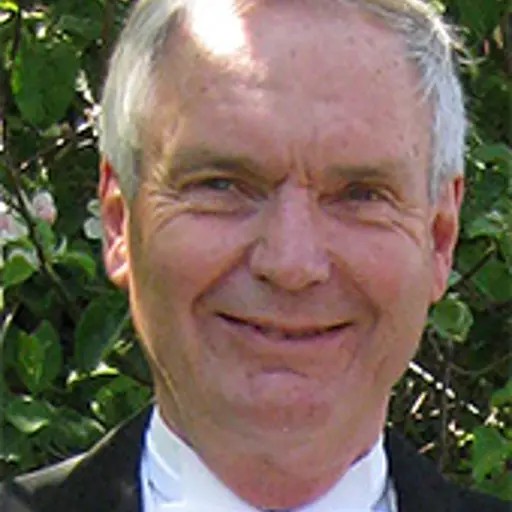
- Full Professor, Quantum Device Physics, Microtechnology and Nanoscience
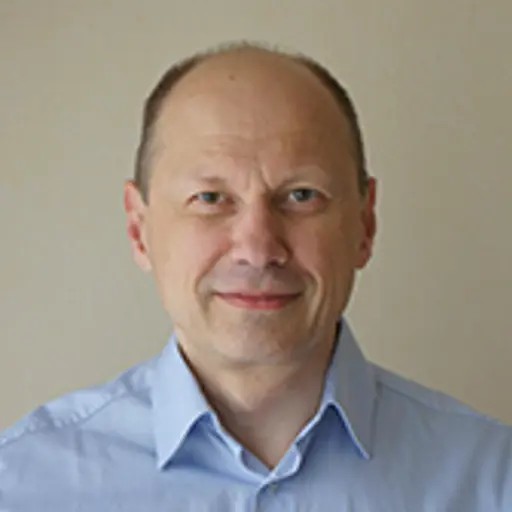
- Masterprogramansvarig, Physics, Chemistry and Biological Engineering along with Mathematics and Engineering Preparatory Year
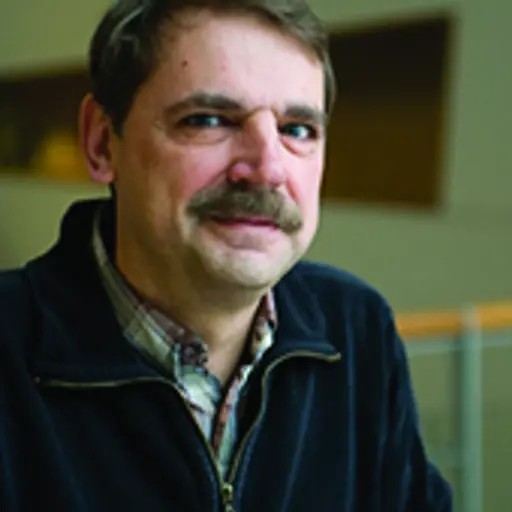
- Full Professor, Quantum Device Physics, Microtechnology and Nanoscience
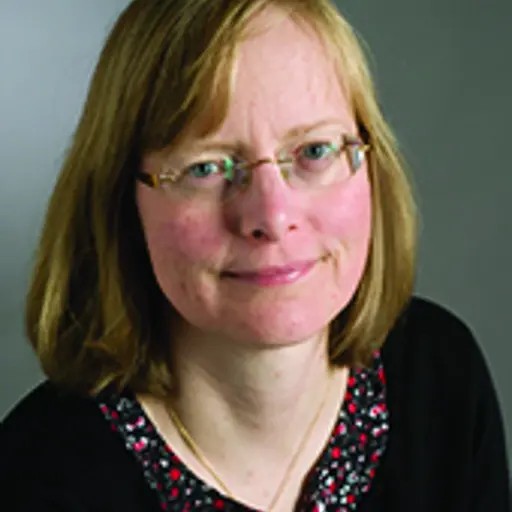
- Full Professor, Quantum Device Physics, Microtechnology and Nanoscience
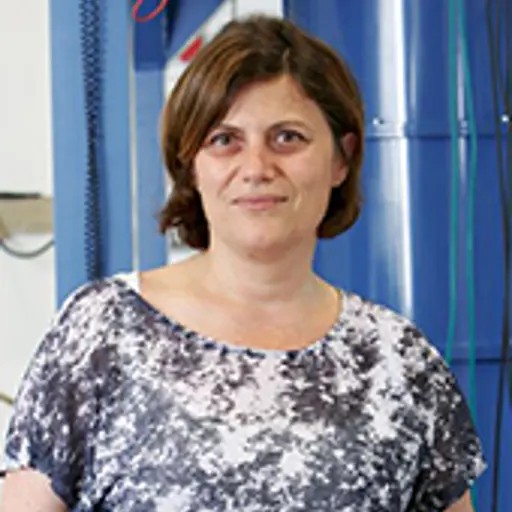
- Full Professor, Quantum Device Physics, Microtechnology and Nanoscience
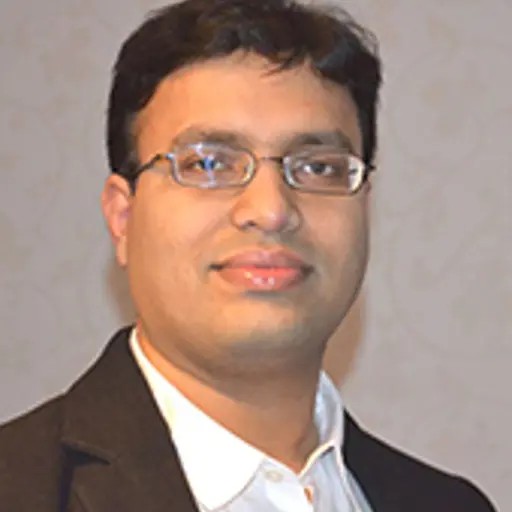
- Professor, Quantum Device Physics, Microtechnology and Nanoscience
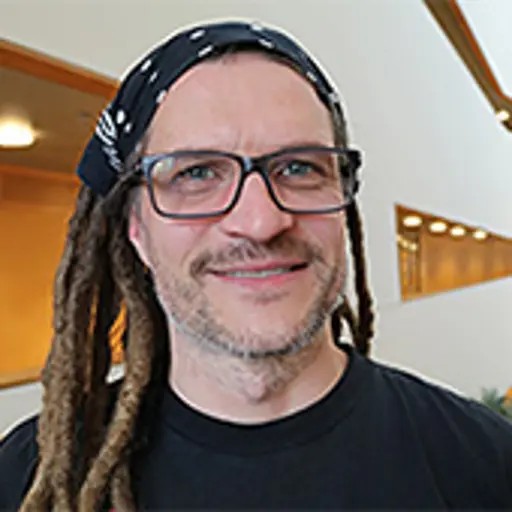
- Associate Professor, Quantum Device Physics, Microtechnology and Nanoscience
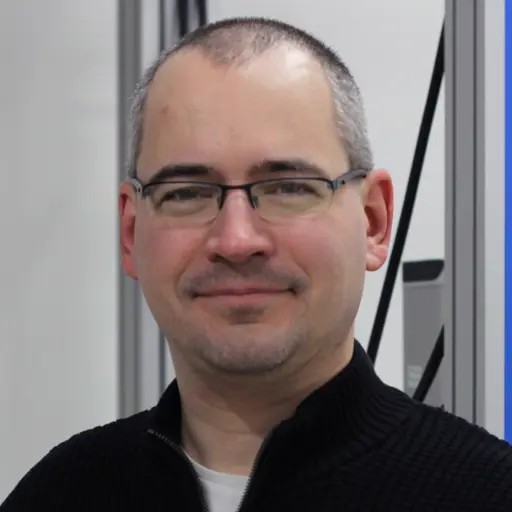
- Assistant Professor, Quantum Device Physics, Microtechnology and Nanoscience

- Senior Researcher, Quantum Device Physics, Microtechnology and Nanoscience
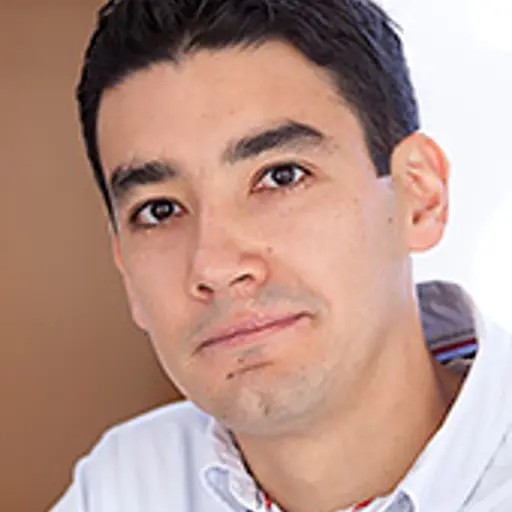
- Senior Researcher, Quantum Device Physics, Microtechnology and Nanoscience
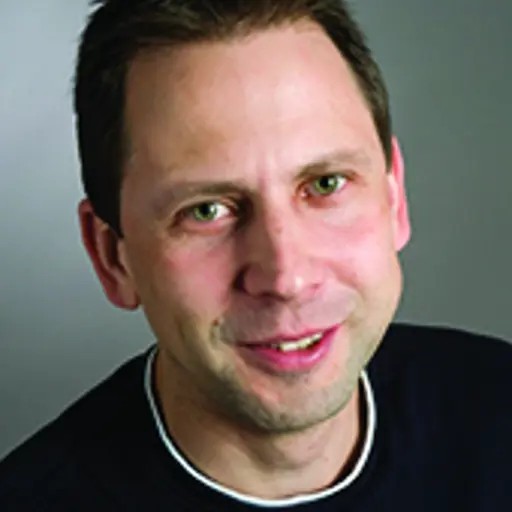
- Senior Researcher, Quantum Device Physics, Microtechnology and Nanoscience
Publications in Chalmers Research
We continually document our research in various types of publications, which are registered in Chalmers Research. Follow this link to see recent publication lists
